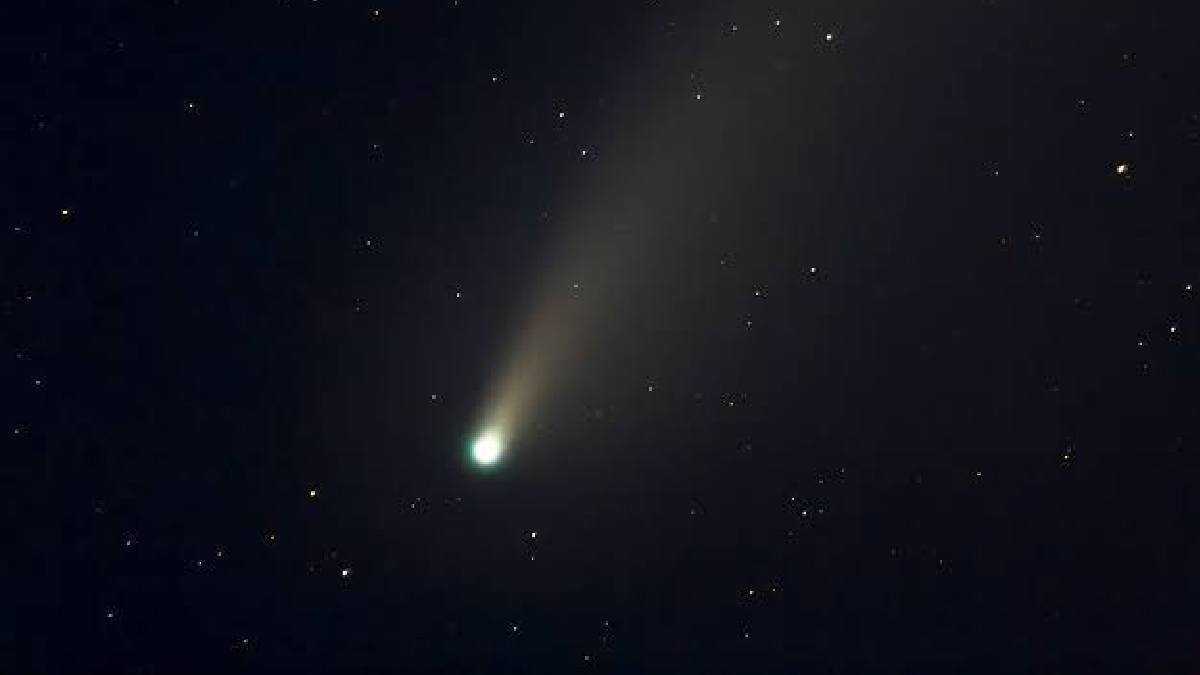Just In
- 9 hrs ago

- 12 hrs ago

- 12 hrs ago

- 13 hrs ago

Don't Miss
- Finance
 2:1 Bonus Issue Coming Up: Penny Stock Gives 183% Returns Ahead Of Ex-Bonus Date; Eligibility Criteria!
2:1 Bonus Issue Coming Up: Penny Stock Gives 183% Returns Ahead Of Ex-Bonus Date; Eligibility Criteria! - Sports
 Pakistan vs New Zealand Live Streaming: PAK vs NZ Live Telecast in UK, USA and Canada
Pakistan vs New Zealand Live Streaming: PAK vs NZ Live Telecast in UK, USA and Canada - Movies
 Ranam OTT Release Date And Platform: When And Where To Watch Vaibhav Reddy Starrer Movie Online
Ranam OTT Release Date And Platform: When And Where To Watch Vaibhav Reddy Starrer Movie Online - Lifestyle
 Princess Diana's Iconic Dresses And Accessories Will Get Auctioned For Charity, Know The Details Here!
Princess Diana's Iconic Dresses And Accessories Will Get Auctioned For Charity, Know The Details Here! - News
 Delhi Capital's Captain Rishabh Pant Gathers Praise For His Wicketkeeping Skills, Stunning Catch
Delhi Capital's Captain Rishabh Pant Gathers Praise For His Wicketkeeping Skills, Stunning Catch - Education
 SCCL Recruitment 2024; Application process, Selection criteria and more
SCCL Recruitment 2024; Application process, Selection criteria and more - Automobiles
 Mahindra 3XO SUV Latest Teaser Reveals Connected Car Tech: All Details Here
Mahindra 3XO SUV Latest Teaser Reveals Connected Car Tech: All Details Here - Travel
 From Coconut Breaking on Head to Men Dressing as Women: 12 Unique Indian Rituals Explored
From Coconut Breaking on Head to Men Dressing as Women: 12 Unique Indian Rituals Explored
Scientists Witness Volcanic Eruption On A Distant Comet

Astronomers have been surprised after witnessing a rare cosmic event. They spotted an unusual volcanic comet that erupted in a huge cloud of gas and ice, according to a report from Live Science.
Scientists suggest the comet named 29P/Schwassmann-Wachmann or 29P is the most volcanically active comet present in our solar system. The comet was first spotted in 1927 by German astronomers Arnold Schwassmann and Arno Arthur Wachmann and it orbits the Sun for around 15 years.
A Rare Sight In The Cosmos
29P is around 37 miles across and is believed to have originated from the Kuiper Belt, a huge ring of space rocks that lies in the far reaches of our solar system. Cardiff University doctoral candidate Cai Stoddard-Jones said the event was “pretty rare,” and added that it was "difficult to say why this one is so big," as quoted by Live Science.
Comets like 29P spew a freezing mixture of liquid hydrocarbons into outer space, unlike Earth-based volcanoes that throw out hot magma into the atmosphere. Interestingly, that material is said to be made of similar stuff that may have harnessed life on our planet billions of years ago.
As per Spaceweather.com report, the comet was noticed by Patrick Wiggins, an amateur astronomer on November 22. The eruption caused an increase in brightness of over four magnitudes. Other astronomers observed the comet and confirmed that 29P erupted violently.
What’s The Reason For The Violent Eruption?
According to British Astronomical Association (BAA) astronomer Richard Miles, the comet might have spewed a plume that "probably comprised more than one million tons of eject," as quoted by Live Science.
Astronomers can only take a wild guess why 29P erupted in a violent fashion. Miles and his fellow scientists suggest that 29P’s slowing rotation might have allowed the Sun’s radiation to heat up its core, despite having a wide orbit.
There are still so many questions that remain unanswered even after a century following the discovery of the comet. Thankfully, NASA’s powerful James Webb Space Telescope will be taking a closer look at 29P in 2023, which will hopefully unravel the mysteries of the comet. The space telescope has exceeded expectations until now and is expected to do the same in the coming years as well.
-
99,999
-
1,29,999
-
69,999
-
41,999
-
64,999
-
99,999
-
29,999
-
63,999
-
39,999
-
1,56,900
-
79,900
-
1,39,900
-
1,29,900
-
65,900
-
1,56,900
-
1,30,990
-
76,990
-
16,499
-
30,700
-
12,999
-
11,999
-
3,999
-
2,500
-
3,599
-
8,893
-
13,999
-
32,999
-
9,990
-
25,377
-
23,490












































